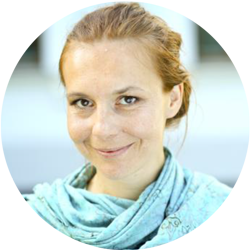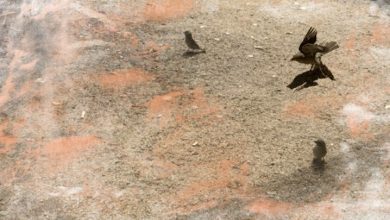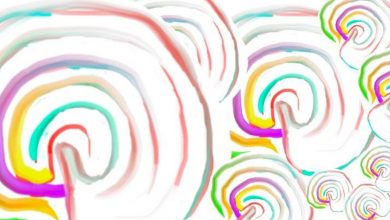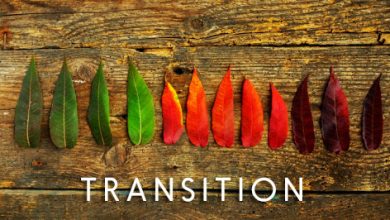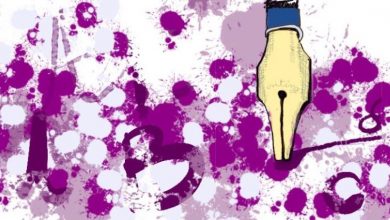Circus as a tool for promoting readiness to make mistakes in learning
Too often we shy away from failure, especially public failure, although in theory we know that failure is a part of every success story we ever heard of. It’s fascinating how closely intertwined failure and successful learning actually are. This relation is explained to us by circus and neuroscience. In circus, ‘failing’ at a juggling trick simply means that you haven’t dropped the ball enough times for your brain to learn it! Readiness to make mistakes is an important and necessary part of any learning process; it is therefore vital to develop tolerance for it. This article presents several exercises from the field of circus to make us feel comfortable with making mistakes.
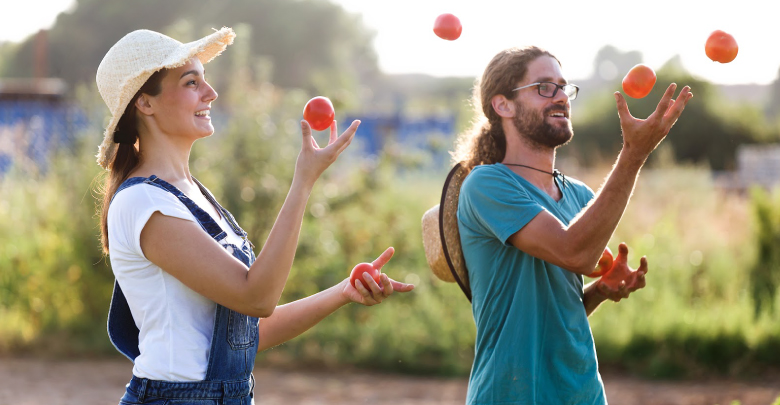
Why did I choose this tool?
An important part of developing the competence to be able to assess one’s own learning achievements and competences is recognizing that making mistakes is a necessary and important constituent of any learning experience.
Trainers learn about the significance of making mistakes in learning and not being afraid of making mistakes in front of others and ’embarrassing’ themselves. Managing to track one’s own progress with tolerance to making mistake is an important aspect of the competence to learn.
How does this apply to being a trainer?
Trainers learn about the nature of the learning process and how to develop immunity to making mistakes, especially in front of others, thereby increasing their learning potential.
Content:
“All of us search for happiness and fulfillment in our lives, but often the fear of failure holds us back and keeps us from realizing our dreams. Fear of failure usually results in a common defense mechanism – inaction. If you do not attempt something, you cannot fail. If you do nothing on a regular basis, you will develop the ability to do nothing very well.
Fear is the outward manifestation of doubt that crystallizes into indecision that holds you back. Worry develops and digs into your psyche until it paralyzes your ability to act.” (Jack Matson, 1996)
Forbes offers a great article on failure management strategies:
- Don’t make it personal.
Separate the failure from your identity. Just because you haven’t found a successful way of doing something (yet), it doesn’t mean that you are a failure. These are completely separate thoughts, yet many of us blur the lines between them. Personalizing failure can wreak havoc on our self-esteem and confidence.
- Take stock, learn and adapt.
Look at the failure analytically—indeed, curiously—suspending feelings of anger, frustration, blame or regret. Why did you fail? What might have produced a better outcome? Was the failure completely beyond your control? After gathering the facts, step back and ask yourself, what did I learn from this? Think about how you will apply this newfound insight going forward.
- Stop dwelling on it.
Obsessing over your failure will not change the outcome. In fact, it will only intensify the outcome, trapping you in an emotional doom-loop that disables you from moving on. You cannot change the past, but you can shape your future. The faster you take a positive step forward, the quicker you can leave these debilitating, monopolizing thoughts behind.
- Release the need for approval of others.
Often our fear of failure is rooted in our fear of being judged and losing respect and esteem of others. We easily get influenced (and spooked) by what people say about us. Remember, this is your life, not theirs. What one person considers to be true about you is not necessary the truth about you, and if you give too much power to the opinions of others, it could diminish your passion, confidence, and ultimately your ability to succeed.
- Try a new point of view.
Our upbringing has given us an unhealthy attitude toward failure. One of the best things you can do is to shift your perspective and belief system away from the negative (“If I fail, it means I am stupid, weak, incapable, and am destined to fall short”) and embrace more positive associations (“If I fail, I am one step closer to succeeding; I am smarter and more savvy because of the knowledge I’ve gained through this experience”).
Circus and learning
Aside from competences directly related to the acquisition of circus skills (such as circus techniques, artistic skills, performing arts), circus pedagogy works on learners’ personality development. It involves developing pedagogical skills, social circus/work (skills to use circus art as a tool for integration and community building), creativity, soft skills, i.e. personality traits, social skills, communication, language, personal habits, interpersonal skills, leadership qualities, etc. (Caravan – European Youth and Social Circus Network)
Encouraging people to try such an attractive method of self-expression and self-development develops their courage and their natural need to improve by looking for fruitful activities. It gets them in a state of mind in which they enjoy discovering new challenges and using acquired skills in creative ways instead of spending time watching television or playing on the computer. (Sztukmistrze)
Exercise:
Individual work:
Step 1. Watch the following video:
Circus & Science: about balls and the brain:
Circus & Science: about balls and the brain by Erasmus University Rotterdam
Step 2. Write a summary of the main points of the video.
- How does this video refer to your personal attitude to learning?
- Does this change your attitude towards failure and if yes, how?
It is interesting how failures and successes are connected. Sometimes they are so closely intertwined you cannot separate them. That is the double-edged nature of failure and success.
Step 3. Trainer takes up learning a circus skill for 20 days. They pick up a circus discipline of their choice; juggling, using hoops, staff, acrobatics, sticks, pois, etc.
Tutorial 1: Learn How to Juggle 3 Balls:
Tutorial – Learn How To Juggle 3 Balls by Niels Duinker
Tutorial 2: How to Hula Hoop for Total Beginners:
How to Hula Hoop for Total Beginners by Deanne Love
Tutorial 3: Beginner Poi Spinning Lesson: 4 Basic Modes:
Beginner Poi Spinning Lesson: 4 Basic Modes by playpoi
Tutorial 4: The Fire: Episode 1 – Really Basic Spinning (staff):
Contact Staff Tutorial | Really Basic Spinning by Robearto
(Trainers are welcome to slow down the speed of videos for easier learning and search the Internet for other videos.)
Step 4. Trainer assesses his progress by writing a daily progress journal:
Some points to consider:
- How far did you progress today in terms of learning to master the chosen circus skill?
- How many times did you drop the ball/hoop, etc. before you learned the first trick?
- For how long did you manage to keep the ball/hoop etc. in the air?
- What are your current challenges in mastering the chosen tricks? How are you going to master them?
Step 5. Go out in a public place, for example a park. Practice your skill and don’t be shy if anyone sees you make mistakes.
[/toggle]Reflection questions:
- What are the future steps you will take regarding developing tolerance to making mistakes as a necessary part of learning?
- Write down your greatest successes and worst failures. Try to connect your failures and successes.
- How do your failures relate to your successes? Can you see how your failures influenced subsequent decisions and actions?
- How did you react to your successes? Did they lead to failure, or were you able to move on and rise to a higher level of achievement?

